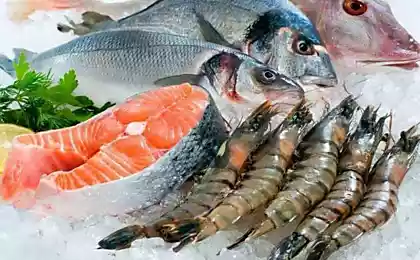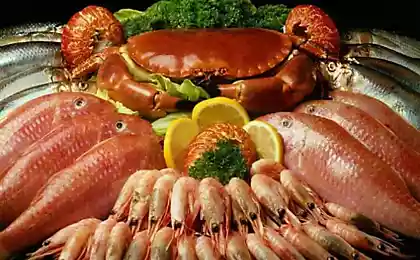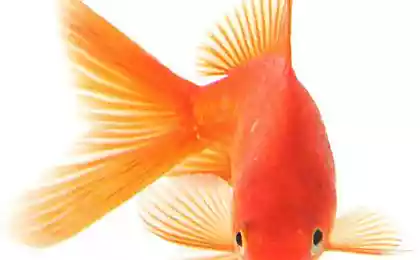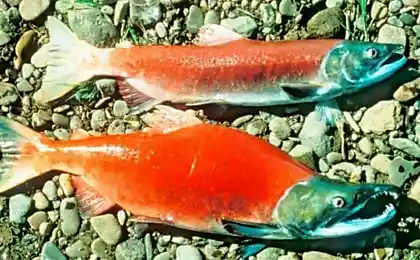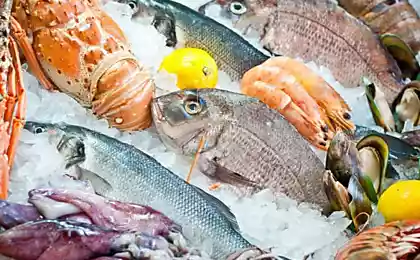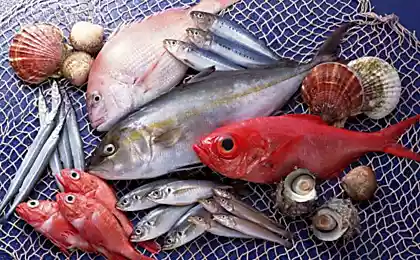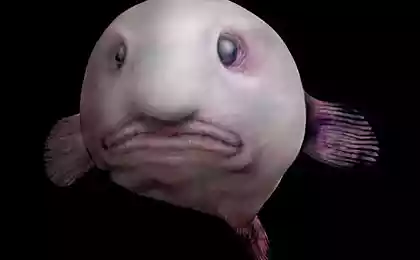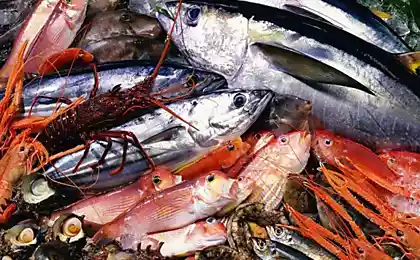444
List of fish hazardous to Your health
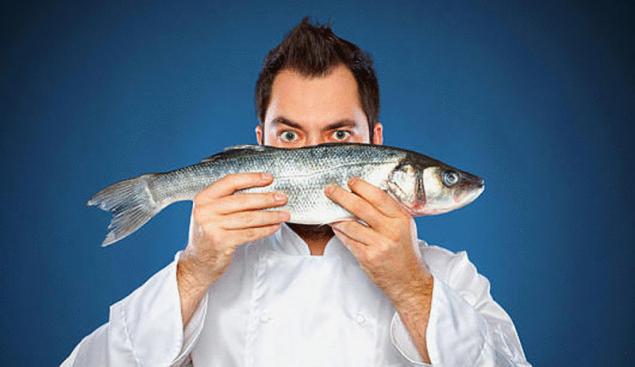
About the benefits of fish volumes have been written. It is widely thought that fish and seafood is certainly useful. Actually, that's not entirely true: not all fish is good. There's this, which is better to stay away, and if I could afford to eat a piece, it is small and only occasionally.
1. Imported catfish, pangasius, Taiwanese catfish, tilapia. The vast majority of imported drawbridge fish (90%) comes Vietnam, where its cultivation is widely practiced application of antibiotics is forbidden in many countries.Catfish living in the wild and caught in our country may be considered safe.
2. Branded (Atlantic) cod. Its use is not so much a challenge as an act of vandalism, because of uncontrolled harvesting and other adverse conditions of the Atlantic cod is almost on the verge of extinction and is entered in the Red book. But if you can't imagine life without cod, you can safely enjoy the Pacific species, which are many.
3. Acne. Acne — tasty fish, which is widely used in the manufacture of sushi. A list of harmful fish he got, which is extremely polluted with mercury and PCBs (polychlorinated biphenyls), which not just kill the liver, but accumulate in the body. The fish farm, which bred eels typically very contaminated with various waste and suffer from excessive overproduction and crowding. Safe alternative for acne – Atlantic or Pacific squid.
4. Shrimp. They are leading in the list of harmful fish due to the great content of cholesterol and pollutants, and in addition, they are difficult to avoid, since over 90% of shrimp is imported. Imported farm shrimp are imported, coupled with the "charming" set of contaminants: antibiotics and chemicals entering the water after cleaning cages, and even the garbage like mouse and rat hair, droppings, insect remains, etc., and this is not to mention the different kinds of bacteria, such as E. coli, which is often found in the shrimp.
5. Atlantic flounder. This group of fish include turbot, salt, diamond, gloss, turbot, DAB, sole, and halibut that can be caught in the Atlantic. They got in the black list due to the large contamination, but also because of overfishing, which began in the 1800s. According to estimates of environmentalists, the population of flatfish in the Atlantic accounts for only 1% of the amount that is acceptable for long-term fishery. Safe alternative to Pacific halibut.
6. Atlantic salmon, salmon, salmon. Fishing for wild salmon is prohibited because of dangerously low populations. Which, oddly enough, breeding farm salmon threaten even more. In farm conditions thousands of fish are crammed in tight cages, infecting each other with diseases and parasites that require antibiotics and pesticides. Often individuals "escape" and infect wild species, further reducing the wild population.Safe alternative to Pacific salmon.
7. Shark. Consumption of shark meat is undesirable from a number of reasons. First, the meat of these predators contains too much mercury. Second, the fishing of this fish disrupts ocean ecosystems. Reducing the number of sharks leads to "clogging" of the oceans species on which sharks prey: jellyfish and stingrays. And the rays, in turn, destroy the population of small fish. Meanwhile, a great replacement shark can serve as a mackerel or halibut.
8. Atlantic tuna. Recent analyses show that the Atlantic tuna contains a record of the amount of mercury compared to other fish species and even other species of tuna. Besides the Atlantic tuna is also in danger of extinction. If you like tuna, buy the Pacific types and choose young, smaller individuals that have not had time to accumulate much mercury.
The water of our planet have become so polluted that determine which fish is safe and what is not, is quite difficult. The usefulness of fish depends on the habitat, or natural farming, forage quality, level of pollutants, such as mercury, and many other factors. Lists of "good" fish on a number of environmental and occupational causes can vary from year to year, but from the above species of fish and seafood it is better to refuse. Especially because only a small amount of fish and seafood is inspected before hitting them on the counter. Especially not recommended to use such fish to pregnant women and children.
P. S. And remember, only by changing their consumption — together we change the world! ©
Source: www.myjane.ru/articles/text/?id=13064
Mercedes-Benz F 015 Luxury in Motion — a revolutionary drone from German company
The 10 commandments of the runner
